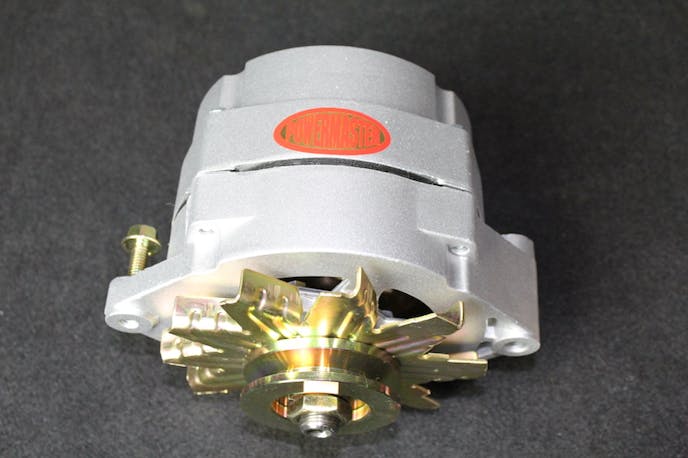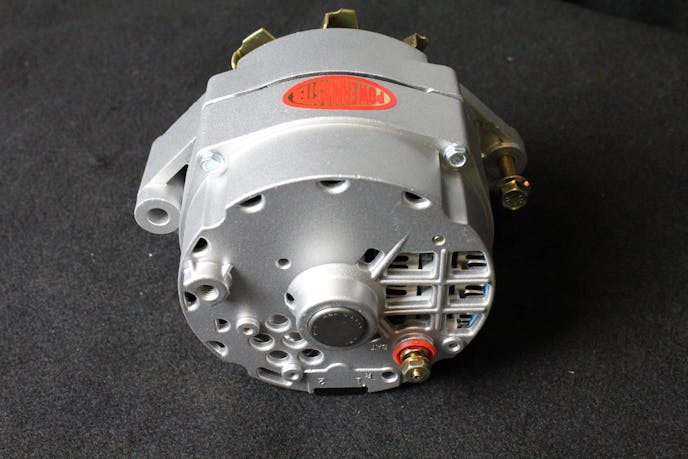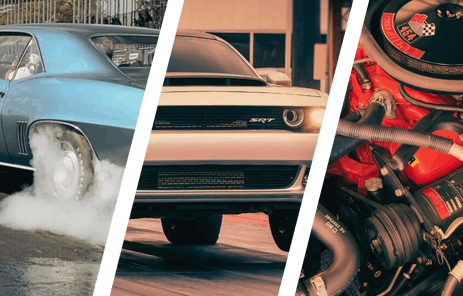
Some things are worth repeating. We put a lot of effort in getting the best information in front of our loyal readers. We pride ourselves on that. In fact, all of us at Rod Authority believe that is our job; to be honest with the readers and get the best information possible. There are just some topics that continue to prompt questions, no matter how many times the subject is covered. Like Alternators for example. One of our articles that continuously shows up in our top ten most viewed articles every week deals strictly with one-wire alternators: One-Wire Alternators: Are They Better Or Just Easier To Hook up?

We recently tackled the subject again with the feature article: Alternators: 1 Vs 3 Wire With Painless Performance and Ron Francis. We specifically chose two wiring companies as the experts in that article to address the issue from that vantage point. Many of our readers asked if the 3-wire alternator was the only way to go after reading the article. The quick answer is: No. We reached out to our friends at Powermaster Performance with a quick question. When should you use a one-wire alternator? Keep in mind that this time we are asking an alternator manufacturer. One with decades of experience and a reputation as a quality company in the industry.
Pointing out the Powermaster early-style Delco alternators will work as a one-wire or OEM-style alternator, the team clearly stated the difference. “The main difference between a one wire and an OEM is the method used to energize or turn on the alternator. An alternator using the OEM style is turned on with the ignition switch. The one wire design is energized with a special sensing circuit built into the internal voltage regulator. This circuit senses the rotation of the alternators rotor.”

Because the circuit needs to sense the rotation of the alternator rotor, there is a minimum rotor speed that must be exceeded to start the charging process. The speed required to turn on the charging process is affected by certain items, the most important being the amperage of the alternator. “The turn-on speed is typically higher with certain high amperage alternators. Once this circuit is tripped, the alternator will charge at all speeds, even very low ones, until the alternators rotor comes to a complete stop.”

Powermaster one-wire alternators for street use need between 1,200 to 2,400 shaft RPM to turn-on the charging circuit in a one-wire alternator, depending on the amperage rating. This means that on a standard 3:1 pulley ratio the engine RPM range would probably be 400-800 engine RPM. The changes that Powermaster has done to their alternators requires no engine rev up to excite or turn on the alternator. With none to little difference in performance, the choice to use a one-wire alternator rests in the ease of installation.
If your vehicle has a charge indicator light, also known as “idiot light”, you can connect the alternator as a three-wire to have the charge light functional. The tech department at Powermaster also reminded us that the grounding of the alternator housing these days with the amount of paint,chrome,powder coat and anodizing found on brackets is critical for success. These coatings can the prevent the alternator from charging or lower the efficiency. The easiest rule of thumb is to match the ground wire size to the charge wire size.
If you are building the electrical system from ground up, the easiest installation is the one-wire alternator. Case closed.
You might also like
Hurricane-Powered Ram Pickup First In The 8s!
Evans' elapsed time was an insane 8.89.3 at 149.10 mph with a 1.602 60-ft. time. You can almost hear the HEMI guys crying


